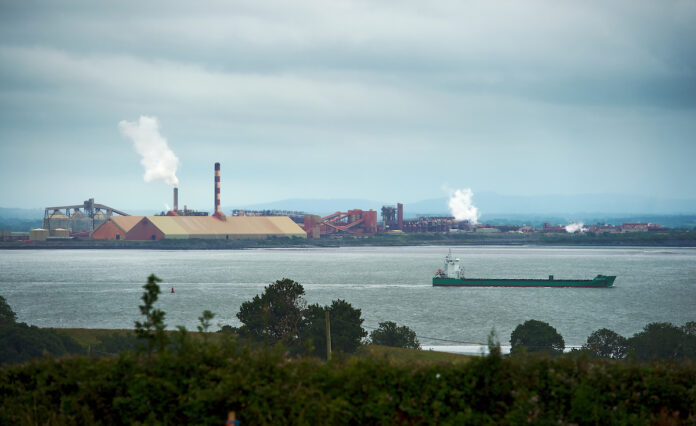AN Bord Pleanála has given Rusal Aughinish Alumina Limited (AAL) the green light for controversial expansion plans despite trenchant opposition from environmental groups.
This decision will allow the Russian-owned company to carry out a major expansion of its Bauxite Residue Disposal Area (BRDA), extending the life of the plant for an extra nine years up to 2039.
The company was given permission last year to begin rock-blasting for the next 10 years to a depth of 8.5m on its site following a review of its licence by the EPA.
It will enable the company to deposit an extra eight million m3 of bauxite residue in total at its plant.
Futureproof Clare, local farmers and Environmental Trust Ireland were among the groups to object to the granting of planning permission.
Documents submitted to An Bord Pleanála by Town Planning Consultants Tom Phillips and Associates outlined the plant would cease operations in 2030 “based on current production levels” of 1.9 million tonnes of alumina a year, if the proposed development wasn’t approved.
The current output represents 30% of the alumina produced in Europe. The plant cost US$1bn to construct and a further US$750m has been spent upgrading it.
The existing alumina refinery at Aughinish, which commenced operations in 1983, is the largest of its kind in Europe.
The rock fill for the proposed BRDA Raise Development is expected to be sourced from the permitted Borrow Pit, the proposed Borrow Pit Extension and an estimated volume of 380,000m3
is required to construct the BRDA to Stage 16.
Once six extra stages are completed, it will increase the height of the BRDA by 12 metres to 44 metres OD. No increase to the existing footprint of the BRDA is proposed.
There are also plans to increase the capacity of the existing Salt Cake Disposal Cell (SCDC) that is set within the Phase 1 BRDA by raising the height of its rock bund wall by 2.25 metres.
According to the company, because the salt cake is classified as hazardous, it is placed in a specially
engineered composite lined cell.
The planning approval is subject to just seven conditions including a provision that construction and demolition waste has to be managed in accordance with a construction and demolition waste management plan that has to be submitted and agreed in writing with the planning authority prior to the start of work.
Details of the construction and environmental management plan also has to be agreed with the planning authority before the start of the development.
Blasting at the borrow pit can’t take place outside the period between April and September in any year and is limited to a maximum of seven blasting events annually.
The board outlined in conditions that the mitigation and monitoring commitments identified in the Environmental Impact Assessment Report and the Natura Impact Statement and other plans submitted with the application have to be implemented in full.
The board decided the main significant direct and indirect effects of the proposed development on the environment will be mitigated with measures undertaken by the company.
It stated there will be positive direct and indirect impact on the local economy and local employment in the area.
It noted the potential for some impact on fauna foraging and commuting, particularly during the active phase of excavation, will be mitigated through standard mitigation, monitoring, management and habitat enhancement.
No oral hearing was held in relation to the application following the board’s direction on May 6.
According to the board’s inspector’s report, the BRDA landfill area comprises two phases – Phase One to the north is about 104 hectares and Phase Two is about 80 hectares combining to a total of 504 acres.
East Clare correspondent, Dan Danaher is a journalism graduate of Rathmines and UL. He has won numerous awards for special investigations on health, justice, environment, and reports on news, agriculture, disability, mental health and community.



